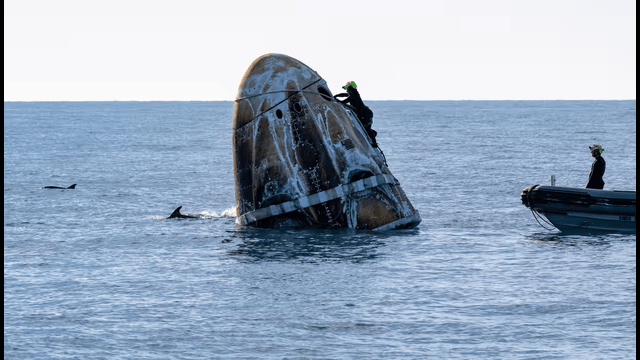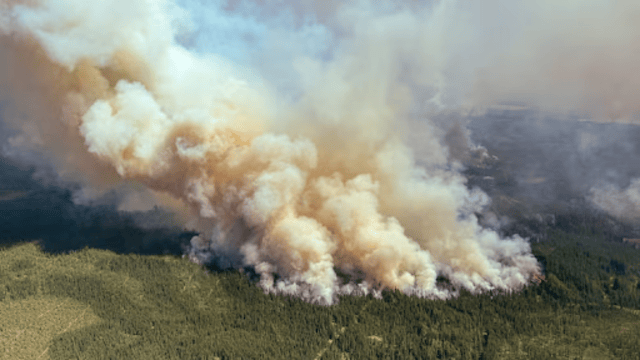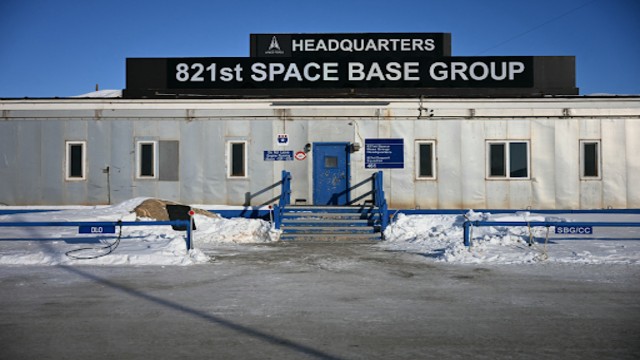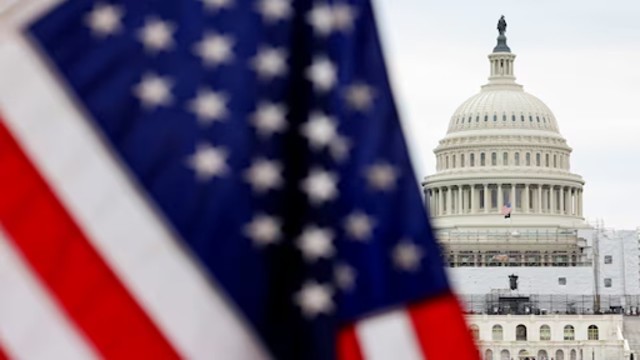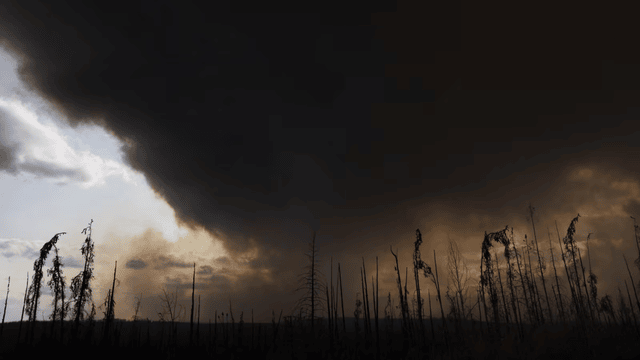
Smoke from wildfires fills the air over Highway 97 near Buckinghorse River, British Columbia, on May 30, 2025. AP Photo
Canada’s wildfire season is off to a fast and worrying start. Satellite images show many more fire hot spots than usual for early June. NASA satellites send fire data twice a day, helping track wildfires even in remote areas without sensors.
By Tuesday, satellites detected four times more hot spots across Canada than normal. Only 2023 had more early-season fires since 2012, when this data tracking began.
What Hot Spots Mean
Thousands of hot spots don’t mean thousands of fires. One hot spot covers about 26 football fields and may be part of a bigger fire. Some hot spots are recorded multiple times as fires burn over several days.
Currently, about 200 wildfires burn across Canada. They have already destroyed nearly 7,700 square miles of land, mostly within the last week.
A Season Like 2023
The only year with a worse early season was 2023. That year, fires burned 67,000 square miles — more than twice the size of Lake Superior, the biggest Great Lake.
Together, the hot spots and burned land show that 2025 is the second worst wildfire season start in recent years.
Weather and Climate Change Role
Experts say warm and dry weather since May caused these fires to spread quickly. Liam Buchart, a fire weather expert, said, “A warm and dry finish to May and early June has created a significant fire season.”
This kind of weather is more likely because of climate change. It helps fires grow faster and spread further. Even though 90% of wildfires in Manitoba this year started because of people, climate change makes it easier for them to get out of control.
James MacCarthy from Global Forest Watch explained, “Climate change is creating the conditions that make it more likely that human-caused fires are going to spread, or even start.”
Looking Ahead: Hot and Dry Conditions Continue
Natural Resources Canada predicts hot and dry weather will last for at least another week in Manitoba, Saskatchewan, and Alberta. They also expect July and August to be warmer and drier than usual in many parts of Canada.
Buchart warned, “The remainder of the fire season looks to remain above normal, especially over the northern prairie provinces and southern British Columbia.”
Canada faces a tough wildfire season with four times more fire hot spots than usual early in June. About 200 fires already burn nearly 7,700 square miles of land. Climate change and dry weather fuel the fires’ spread. Experts predict hot and dry weather to continue, making this wildfire season one of the worst in recent years.


